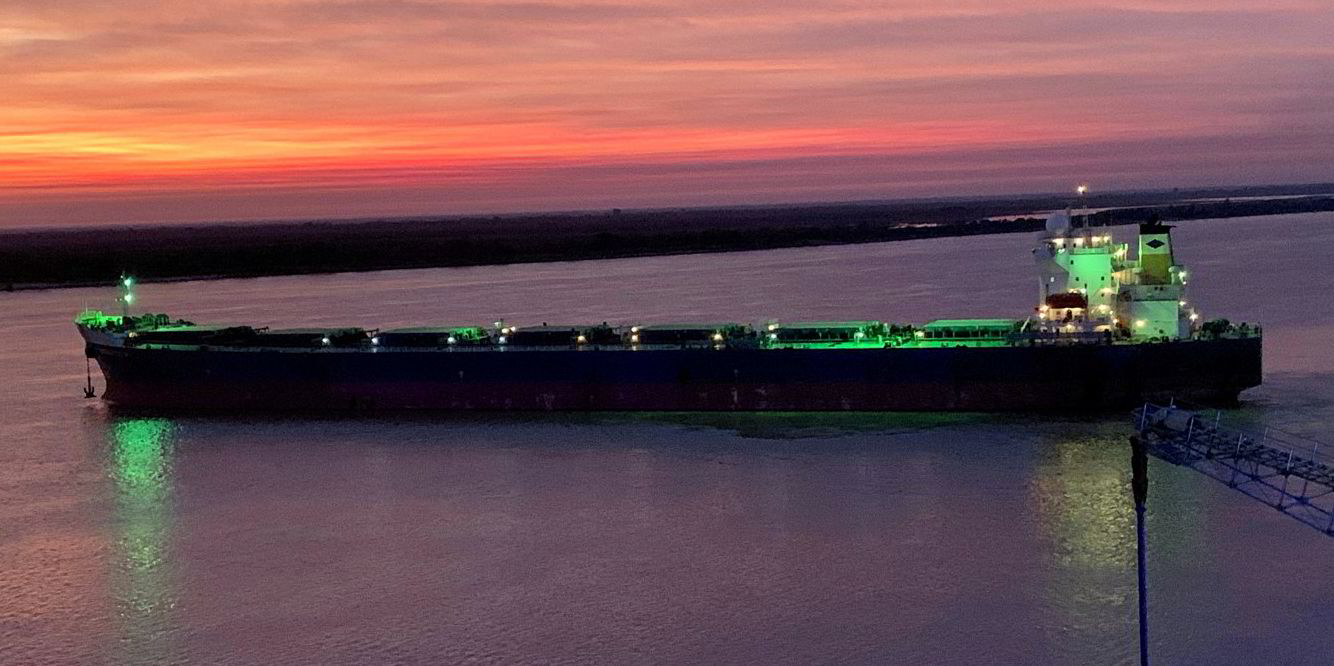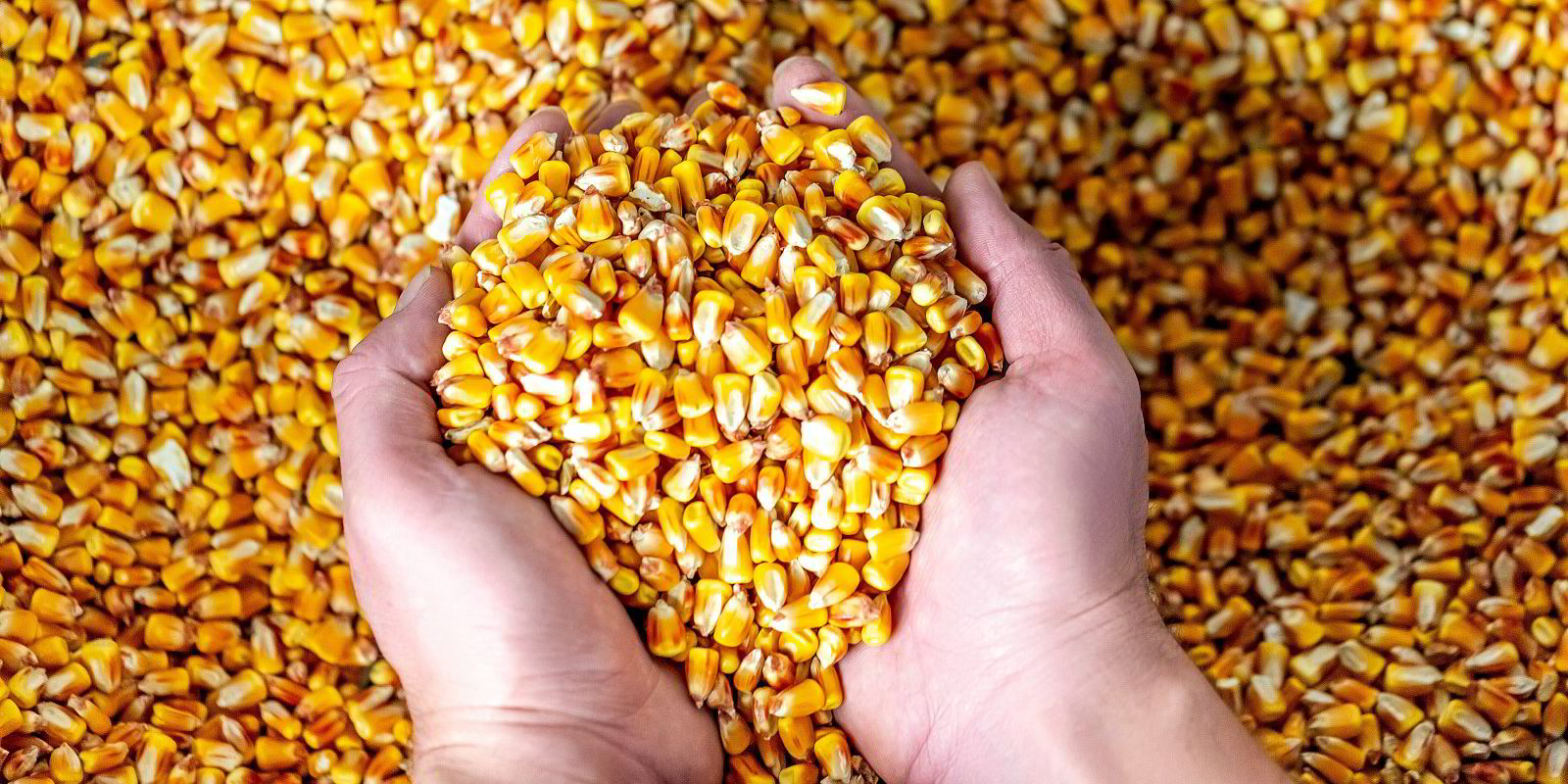Panamax bulker spot rates are starting off 2021 on a strong note amid China's robust demand for grain, having risen steadily since markets reopened after the holidays.
The weighted time-charter equivalent average for the asset class came in at $13,533 per day on Thursday after three consecutive days of gains from $12,272 per day on Monday, according to the Baltic Exchange.
"The year started with a merry sentiment and although we were indeed cautiously optimistic about the robust Chinese grain demand and its positive impact on panamax rates, our expectations were exceeded," Athens-based EastGate Shipbrokers told TradeWinds.
The East Coast South America (ECSA) region is also producing enough grain to result in kamsarmax rates as high as $15,000 per day, it said.
"What is also somewhat important is the high fixing activity we've been witnessing in the fronthaul rates over the past few days," EastGate said.
"This is telling of charterers' intent to jump and cover their requirements sooner than later, possibly in fear that market will continue its upward spiral for a while."
High panamax rates in the Atlantic basin are also boosting those in the Pacific by pushing owners to move their fleets to the longer ECSA route from the shorter Pacific round-trip voyage.
"Grains have proven to be a significant pillar of support for the panamax bulkers and we expect same to continue this year," EastGate said.
Bring on the grain
"This can be ascribed to the fact that Chinese feed needs are relatively inelastic, therefore grain demand is anticipated that will remain strong this year even in the midst of the market's overall uncertainty."
Brazil is expected to harvest 133m metric tonnes and export 85m metric tonnes of soy this year, marking two all-time highs, according to EastGate.
The weak Brazilian real is also helping China sell the oilseed at higher profits to overseas buyers.
"Overall, we expect grains to continue lending support to the panamax-kamsarmax asset class over the course of next few months," it added.
"However, we would expect the market to take a breather closer to the Chinese New Year holidays."
Panamax rates are also benefiting from congestion in the North China Sea amid bad weather and a high level of metallurgical coal fixtures along the Australia-East Coast India route, according to Maritime Strategies International (MSI).
"The panamax market can be expected to come off when this spate of bad weather subsides," MSI analyst Alex Stuart-Grumbar told TradeWinds.
"January’s panamax deliveries are expected to be highest since June, and this will also undermine the freight market in the near term.’






